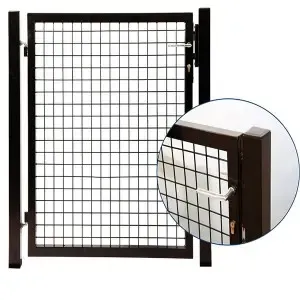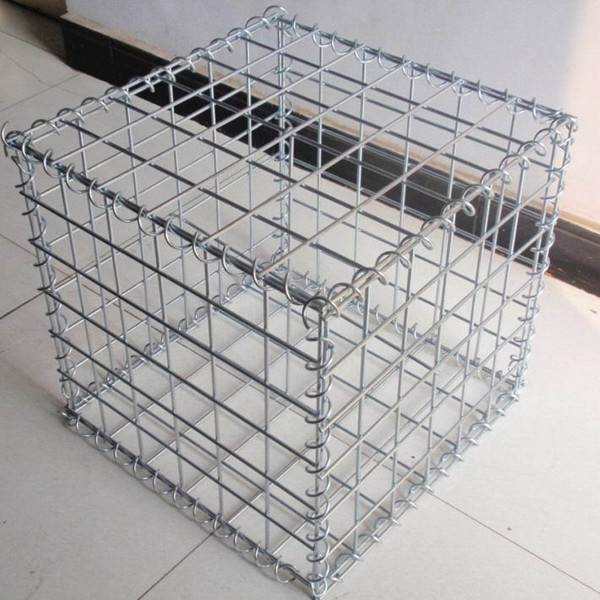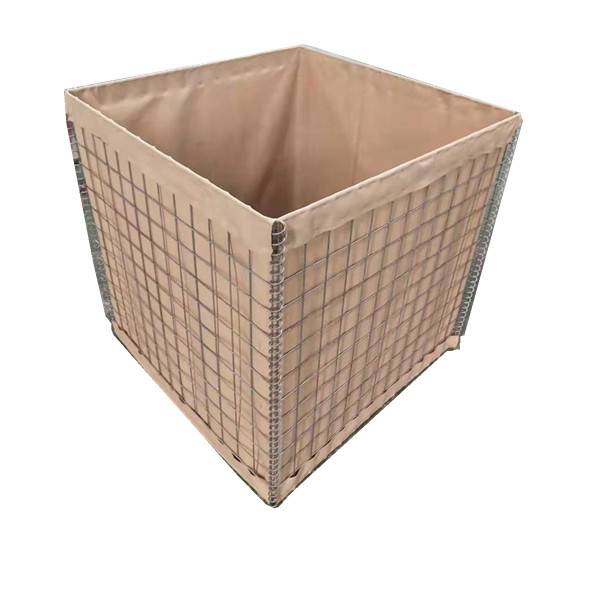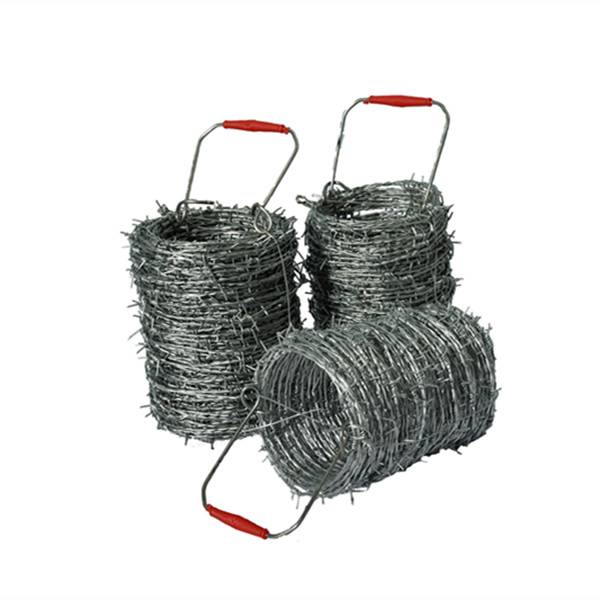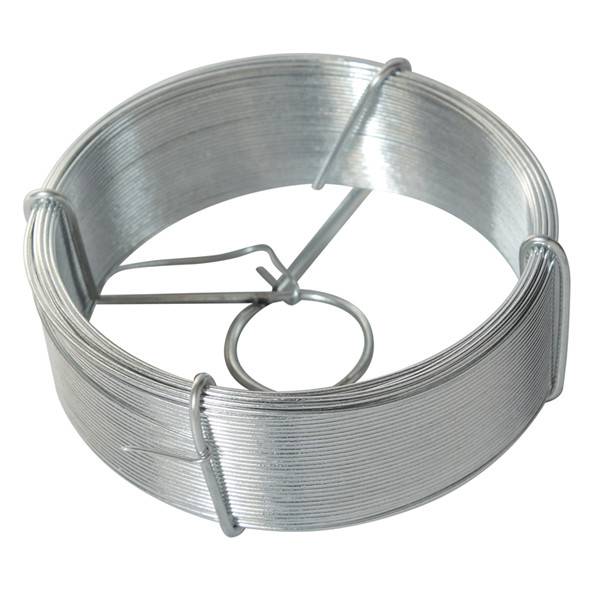
Nov . 21, 2025 08:30 Back to list
Explore Wire Reinforcement Solutions for Durable and Sustainable Construction
Understanding Wire Reinforcement: Why It Matters Globally
Wire reinforcement is, in many ways, a hidden hero in construction, infrastructure, and even disaster relief scenarios worldwide. At its core, it involves embedding or applying steel wires to strengthen concrete, soil, or other materials, adding tensile strength where nature or raw materials alone fall short. This might sound straightforward, but its global impact spans everything from safer buildings in earthquake-prone regions to cost-effective solutions in humanitarian projects.
As urbanization pushes forward and climate risks intensify, understanding wire reinforcement becomes not just a technical know-how but a global necessity. It can mean the difference between structures that withstand storms and those that crumble — with all the human and financial costs that implies.
Wire Reinforcement in a Global Context: Challenges and Opportunities
The World Bank estimates that spending on infrastructure in developing nations needs to grow exponentially just to meet urban demands and climate resilience goals. Meanwhile, the International Organization for Standardization (ISO) has steadily updated standards related to construction materials, including reinforced concrete and soil stabilization techniques.
Yet despite this progress, a major problem persists: traditional construction materials often fall short of meeting today's ambitious durability and sustainability requirements. Here, wire reinforcement steps in as a practical solution. In regions vulnerable to natural disasters — like Southeast Asia’s typhoon belt or the seismic zones of South America — reinforced structures improve safety and longevity.
Defining Wire Reinforcement: The Basics Simplified
Simply put, wire reinforcement refers to the use of steel or alloy wires integrated into concrete, masonry, or soil to enhance their mechanical properties. You might picture it as a network of tiny steel threads distributing stress evenly. This technique increases tensile strength, which plain concrete usually lacks, preventing cracks, collapses, or premature wear.
More than a structural trick, wire reinforcement connects deeply with modern needs: from building resilient housing in vulnerable areas to supporting infrastructure projects that can stand the test of time and climate shifts.
Core Factors of Wire Reinforcement
Durability
The use of wire reinforcement directly translates to longer-lasting structures. Steel wires, often galvanized or coated, resist corrosion, and their incorporation reduces cracking, thus extending overall service life.
Cost Efficiency
Although initial costs can be a bit higher, wire reinforcement saves money in the long-run by reducing maintenance needs and preventing structural failures—especially valuable in remote or resource-limited settings.
Scalability and Flexibility
Wire reinforcement can be tailored to suit many scales—from tiny modular shelters to large bridges. Its adaptability makes it a favorite for engineers who juggle diverse project requirements.
Ease of Installation
Unlike more complex reinforcement systems, wire meshes or cables can be quickly integrated with standard construction workflows, which matters a lot in areas dealing with urgent rebuilding.
Sustainability
With growing environmental regulations, many manufacturers are shifting toward eco-friendly coatings and recyclable wire types, aligning wire reinforcement with green building certifications.
Mini takeaway: Wire reinforcement isn’t just about strength — it’s about building smarter, longer-lasting, flexible, and sustainable solutions that meet today’s complex challenges head-on.
How Wire Reinforcement Shapes the Real World
Globally, wire reinforcement finds applications across various sectors. In developing countries, NGOs often employ reinforced modular panels for quick housing after floods, armed conflicts, or earthquakes. The use of wire mesh stabilized soil in the construction of retaining walls along hilly highways, say, in India’s northeast, enhances safety and durability.
Industrially, steel factories and energy plants rely on wire reinforced concrete floors that endure heavy machinery vibrations and thermal stress. In Europe, urban planners integrate wire-reinforced paving to improve sidewalks' and plazas’ resilience.
Oddly enough, even humanitarian efforts take advantage of such technologies. Portable shelters reinforced with wire frames offer displaced communities a measure of dignity and protection, often backed by international aid organizations who appreciate the blend of speed, affordability, and robustness.
Wire Reinforcement Features: Product Specification Table
| Specification | Typical Value | Comments |
|---|---|---|
| Wire Diameter | 1.5 - 6.0 mm | Varies by application |
| Material | Stainless Steel / Galvanized Steel | Corrosion-resistant coatings improve longevity |
| Tensile Strength | 500-1200 MPa | Dependent on wire type and treatment |
| Mesh Size (for wire mesh) | 25 x 25 mm to 100 x 100 mm | Customized by application |
| Typical Coating | Epoxy / Zinc / PVC | For corrosion and chemical resistance |
Choosing the Right Wire Reinforcement Vendor
With many vendors worldwide, selecting the right supplier can feel overwhelming, especially when cost, quality, and availability vary. Here’s a rough comparison to help narrow down options:
| Vendor | Price Level | Material Quality | Customization | Delivery Speed |
|---|---|---|---|---|
| SteelStrong Ltd. | $$$ | High | Extensive | 3-5 days |
| MeshWorld Inc. | $$ | Medium | Moderate | 5-7 days |
| EcoWire Solutions | $$$ | High (eco-friendly) | Customized eco coatings | 4-6 days |
| BudgetWire Corp. | $ | Basic | Limited | 7-10 days |
Advantages and Long-Term Value of Wire Reinforcement
It’s tempting to focus purely on numbers — but the advantages here spread wider and touch people’s lives. Here are a few standouts:
- Economic Savings: Less maintenance and longer lifespan mean less strain on budgets, public and private alike.
- Safety & Security: Reinforced materials mean buildings and infrastructure resist forces that might otherwise cause catastrophic failure — restoring confidence in vulnerable communities.
- Sustainability: By extending structural lifetime, wire reinforcement reduces waste and the need for repeated construction.
- Innovation & Trust: It opens the door for more daring architectural designs supported by reliable core materials.
Frankly, it feels like wire reinforcement quietly underpins modern civilization more than most realize.
Future Trends & Innovations in Wire Reinforcement
The domain is evolving fast. Smart wires embedded with sensors can monitor structural health in real-time — offering a peek into when maintenance is due before disaster strikes. Sustainable materials, such as wires made from recycled metals or coated with biodegradable polymers, are reshaping green building approaches.
Digital modeling combined with automated wire placement robotics promises faster, more exact construction — a boon for disaster relief and mass housing around the world. And as governments push for carbon reduction, low-impact wire reinforcement techniques that pair with wire reinforcement systems are gaining traction.
Challenges & Smart Solutions
No system is flawless. Corrosion remains a leading enemy, especially in marine or humid settings. Improper installation or lack of adherence to standards can reduce effectiveness dramatically.
Experts recommend thorough site testing, the use of enhanced coatings, and modular designs that ease inspection and replacement. Training local technicians boosts both adoption and long-term performance. Regular advancement in corrosion inhibitors and biodegradable coatings is also a hopeful path.
FAQ: Frequently Asked Questions About Wire Reinforcement
- What makes wire reinforcement better than traditional concrete strengthening?
- Wire reinforcement distributes tensile stresses more evenly, preventing cracking and structural failure. It’s generally easier to install and adapts well to varying load requirements, improving safety and lifespan.
- How long can wire-reinforced concrete last in harsh environments?
- With proper coatings and installation, wire reinforcement can extend concrete life by decades, even in challenging climates. Routine maintenance and inspections maximize this longevity.
- Is wire reinforcement environmentally friendly?
- Modern wire reinforcement often uses recycled steel and eco-friendly coatings. By preventing frequent rebuilds, it reduces overall material consumption and waste, contributing positively to sustainability.
- Can wire reinforcement be customized for remote or emergency projects?
- Yes. Wire meshes and cables come in various sizes and coatings, and many suppliers provide rapid customization options, making them ideal for fast deployment scenarios like disaster relief.
- How can international NGOs source reliable wire reinforcement products?
- Partnering with vetted global suppliers who comply with ISO standards and provide certifications ensures quality. Working with local distributors also helps navigate customs and supply chain hurdles efficiently.
Conclusion: Why Wire Reinforcement Deserves Your Attention
To sum it up, wire reinforcement is much more than steel wires in concrete — it’s an enabler of stronger, smarter, and more resilient construction worldwide. Whether your next project spans a coastal highway or a humanitarian shelter, integrating wire reinforcement can improve outcomes in safety, cost, and sustainability.
Curious to learn more, or ready to find your ideal reinforcement solution? Visit https://www.hardwareinstore.com — gear up with the right knowledge, tools, and trusted vendors. After all, building tomorrow starts today.
Mini reflection: The world’s challenges keep escalating — climate, population, resources — and wire reinforcement quietly plays a crucial supporting role. Next time you see a building, a road, or a shelter standing strong, there’s a good chance it owes part of that resilience to those thin, tough steel threads.
References
-
Custom Weld Mesh – Tailored Solutions for Durable Industrial Fencing & Construction
NewsNov.24,2025
-
Comprehensive Guide to Chicken Welded Wire Mesh: Uses, Benefits & Suppliers
NewsNov.23,2025
-
BRC Weld Mesh – Durable Reinforcement Solutions for Modern Construction
NewsNov.23,2025
-
Durable BRC 3315 Mesh for Reliable Concrete Reinforcement | Hardware In Store
NewsNov.23,2025
-
Discover the Benefits of Green Weld Mesh – Durable, Sustainable Fencing Solutions
NewsNov.22,2025
-
Electro Welded Mesh: Durable, Versatile Steel Grid Solutions | HardwareInStore
NewsNov.22,2025
Products categories





